Neon Pothos, At a Glance
Scientific name | Epipremnum aureum ‘Neon’ |
Family | Araceae |
Type of plant | Vine |
Native | South-East Asia |
Hardiness zone | USDA Zones 10-12 |
Caution: Neon Pothos is toxic to cats and dogs.
How Neon Pothos Looks
The leaves of Neon Pothos are heart-shaped with pointed tips and have a glossy texture. They are a striking neon green, often described as electric or fluorescent, hence the name “Neon.” Like other Pothos varieties, Neon Pothos has a trailing or vining growth habit, making it ideal for hanging baskets or trailing down shelves. It can also be trained to climb a support structure if desired. While Neon Pothos is primarily known for its intense green color, some leaves may exhibit slight variegation, with hints of yellow or lighter green along the edges or veins. Neon Pothos plants can grow quite large if given the space and support.
Neon Pothos Requirements
Requirements for neon pothos at a glance
Elements | Requirement |
Light | Low to bright indirect light |
Temperature | 65-85°Farenheit |
Humidity | 40%-60% |
Soil pH | 6.1-7.1 |
Soil mixture | Well-drained and moist |
Container | Container with drainage hole |
Water | When 1-2 inches of topsoil dries out |
Fertilizer | Once a month in summer and sparing |
Note: pH means the Potential of Hydrogen. Soil pH level indicates how acidic or neutral the soil is. On a scale of 1 to 10, 7 indicates neutral. A pH value of less than 7 means more acidity and a pH value of more than 7 indicates more basicity. Neon pothos needs slightly acidic soil from 6.1 to 6.5 pH level.
Mix the Soil Properly
Neon pothos is a fast-growing plant that requires loose-moist soil so that the roots can grow faster. A perfect potting mix made for neon pothos includes
- Gardening soil,
- Coco-peat or peat-moss (for holding the moisture in the soil),
- Vermicompost or organic compost (for nutrition), and
- Some perlite for increasing aeration and drainage in the soil.
Buying a potting mix made especially for pothos is an intelligent choice. This particular mix has all the nutrients and texture that pothos plants love so that they can grow healthy and strong.


Choose the Right Container
Neon pothos like to be in a compact container; they grow well in root-bound situations. So, it doesn’t require a big pot; choose a container 2 inches bigger than the current root size. This plant can be kept in clay, plastic, ceramics, fiberglass, or fabric containers. But ensure a drainage hole below the container. As the Neon Pothos is a vining plant, a hanging planter is a good choice. I have grown Neon pothos in a standard nursery pot with a coco-pole and then put the planter in a decorative pot.
How Much Sunlight Neon Pothos Needs
Neon Pothos can thrive in various lighting conditions, from low to bright sunlight. However, it thrives best with bright, indirect light, so it’s recommended to position it where it can receive gentle morning or afternoon sunlight to maintain its vibrant colors. Avoid exposing it to excessive sunlight or placing it near north-facing windows, which could cause leaf burn due to intense heat. While Neon Pothos can survive in low-light areas, it won’t thrive, so using grow lights is an excellent alternative to keep it healthy and happy.
When & How to Water
The watering routine for neon pothos is similar to other pothos varieties. This plant can tolerate some drought like others, but overwatering can kill this plant. Neon pothos require slightly moist soil to get the plant to thrive. But keep in mind that if the plant is kept in the low light area, its watering requirement will be less. Water the plant when 1-2 inches of topsoil dries out to maintain healthy growth. The finger dip test works best; it must be watered if the soil doesn’t stick to your finger. When watering, ensure every layer of the soil absorbs water by pouring water till it comes out of the drainage holes.
Fertilizer for Neon Pothos
Water soluble nitrogen-rich fertilizer once a month during summer and spring is enough for Neon Pothos. I recommend using NPK (Nitrogen- Phosphorus- Potassium) 10-10-10 half-strength mix with water. To avoid burning the roots, dilute the fertilizer to half the recommended dose. Fertilizers made of seaweed extract are also suitable for neon pothos. Avoid putting fertilizer in winter (plants’ dormant period).
When & How to Repot
Neon pothos likes to be in a root-bound situation, so it does not need frequent repotting. Re-potting is required when the roots come out of the drainage holes or, despite proper care, the plant is not growing.
- While re-potting, gently remove the plant from the container and place it in a new container. That is at least 2 inches bigger than the current container.
- Check for any fungal attack or root rot. Trim off any rotten/brown /mushy/smelly roots.
- After re-potting, pour an optimal amount of water after immediate repotting.
- Repotting is done during late spring and summer; avoid repotting in winter.

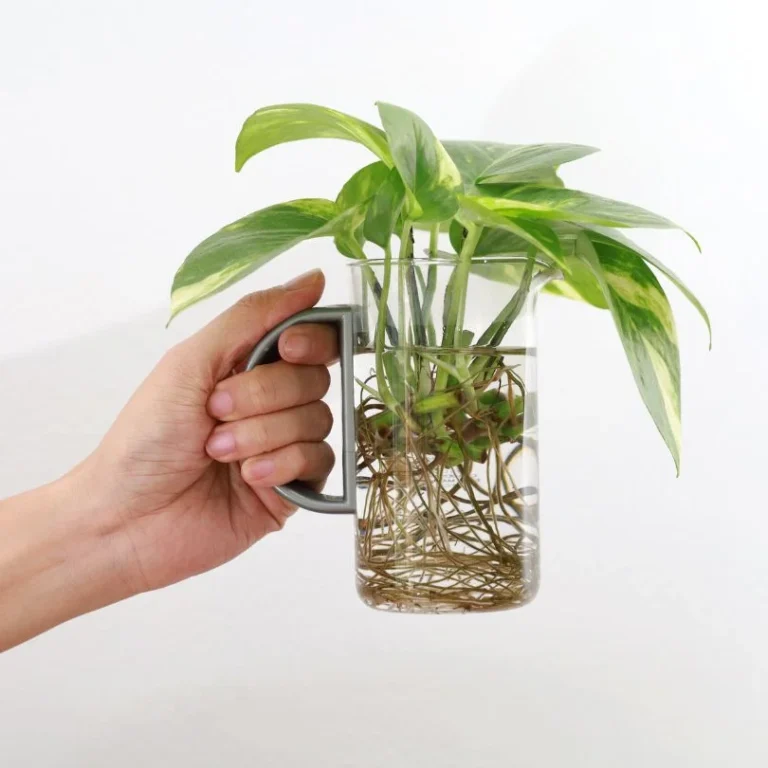
Prune to Thrive Neon Pothos
Pruning neon pothos is essential to its care routine, ensuring the plant stays healthy and visually appealing.
- Firstly, look for any yellowing, damaged, or excessively long leaves. Armed with sanitized scissors or pruning shears, trim away the undesired foliage.
- Snip off dead or discolored leaves at their base, making clean cuts to prevent damage to the plant.
- Additionally, trim back any overgrown stems or leggy growth to promote a fuller, more compact appearance.
Remember not to remove too much foliage at once, which can stress the plant. Regular pruning is necessary to maintain good shape and bushy growth. Always remember to prune a stem with 3/4 nodes with which you can propagate another plant.
Protect Neon Pothos from Pest
Dealing with pests on neon pothos can be managed with regular inspection and targeted treatment. Neon pothos can be attacked by spider mites, mealybugs, scale insects, and fungus gnats, which can be addressed effectively. To remove spider mites, wipe down the leaves using wet wipes. Use rubbing alcohol or insecticidal soap for mealybugs. Scale insects can be removed manually or treated with neem oil. Let the soil dry out between waterings for controlling fungus gnats.
Dealing with Other Common Issues
- Yellow leaves can signal issues like over or under-watering, root rot, or lack of nutrients. To determine the cause, examine the soil’s moisture level. If it’s excessively wet, the problem might be overwatering, leading to root rot. Repot the plant with fresh soil and trim any rotten roots in such cases. Conversely, if the soil is dry, ensure proper watering. If watering seems fine, consider the last time fertilizer was applied. If it’s been a while, consider using a nitrogen-based water-soluble fertilizer.
- Tips browning and yellow edges of the leaves occur due to excessive direct sunlight and underwatering. Place the plant where it gets enough indirect bright light, not under direct sunlight, and try to keep the soil moist (not soggy). ‘Droopy leaves’ is also a sign of underwatering.
- Leaf dropping is a sign of underwatering and being root-bound. If the plant suffers from drought, provide sufficient water until it passes through the drainage holes. In the case of being root-bound, the plant needs repotting.
- Leggy growth indicates that the plant lacks light and nutrition. Leggy growth means the plant’s stem is getting lengthier, but there are no leaves on it, or the leaves are too small. Place the plant where it gets bright light and feed it occasionally.
Propagation Process of Neon Pothos
Propagating neon pothos follows a similar method to other varieties of pothos, with a few considerations. Avoid propagating during winter. Here’s a step-by-step process:
- Take healthy cuttings from a thriving neon pothos, ensuring each cutting is 4 to 6 inches long and has 2 to 3 nodes.
- Prepare a clean jar and fill it with tap water. Submerge the lower portion of the cutting in water when placing it into the jar.
- Position the jar in a bright area with sufficient light exposure.
- Change the water in the jar every 7 to 10 days to maintain freshness.
- Over the next 3 to 4 weeks, watch for new roots to develop.
- Alternatively, the cutting can be placed in moist soil. Ensure the soil remains consistently moist by regularly spraying water. Position the plant in a location with ample light and ventilation. Within 2-3 weeks, new roots will be visible.
- Once roots are well established, transplant the new plant into a pot with a well-drained potting mix.


Tips for Neon Pothos
- Regular pruning and pinching (removing the growing bud by pinching) is necessary for getting a bushier plant.
- Place the plant in a place where it gets indirect bright light throughout the day.
- Set up a coco pole or moss pole and tie the stem with the pole so the plant can get nutrition from its aerial roots. Remember to moisten the poles.
- Fertilize the plant once a month during the summer and spring periods of its growing period.



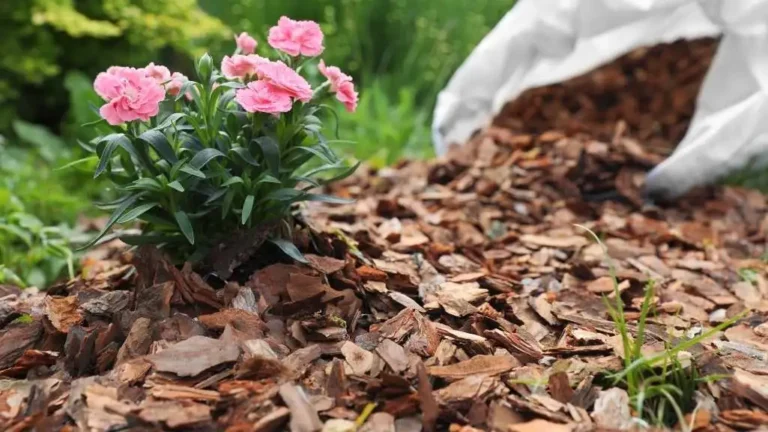
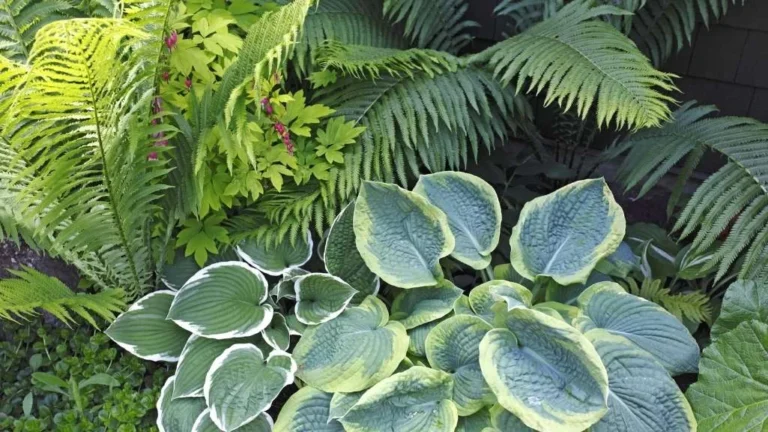


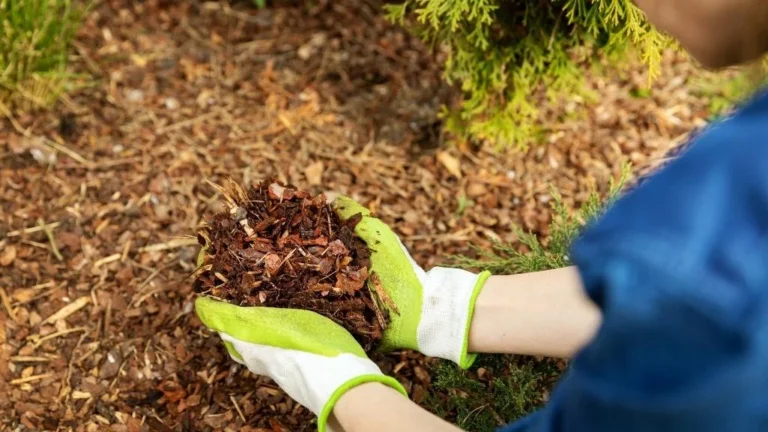


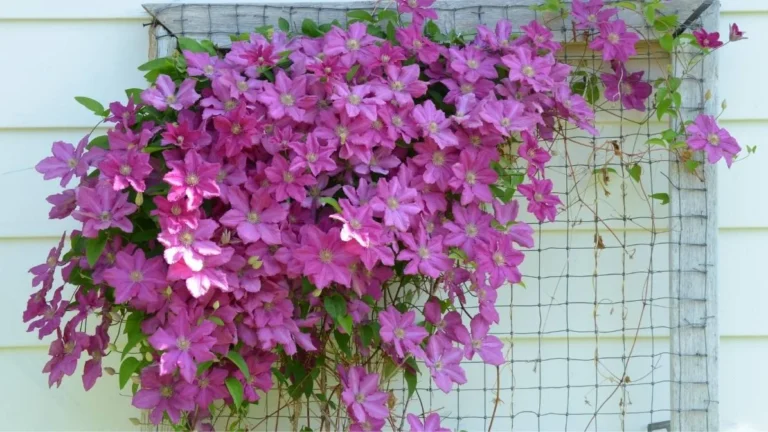
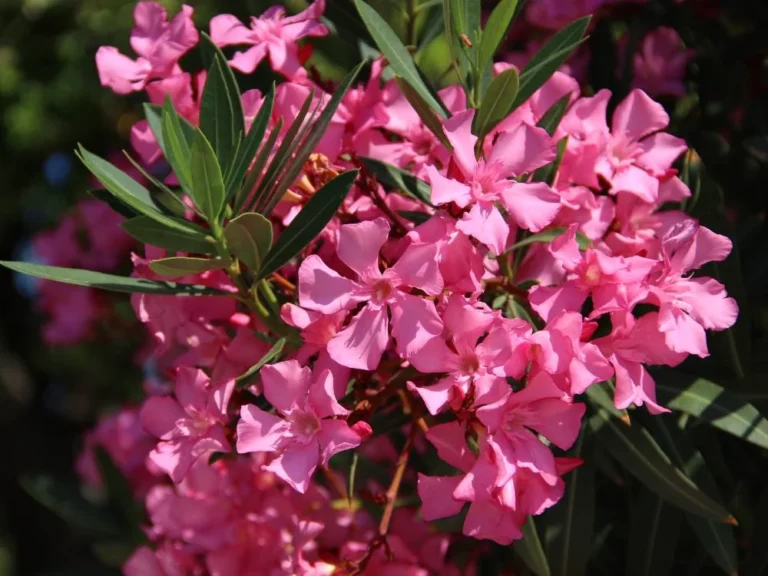
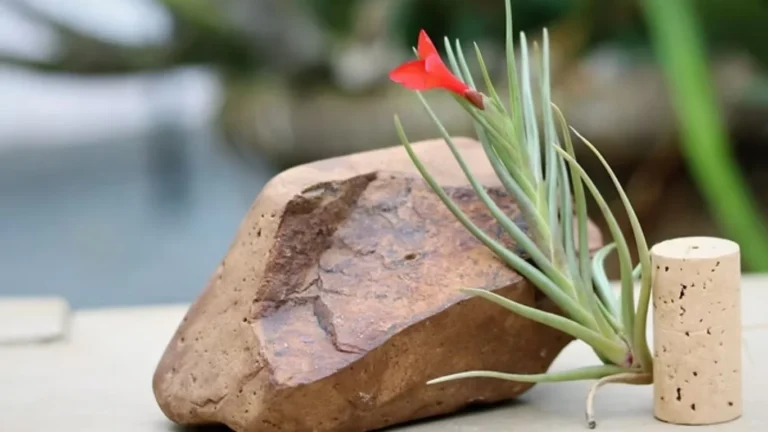
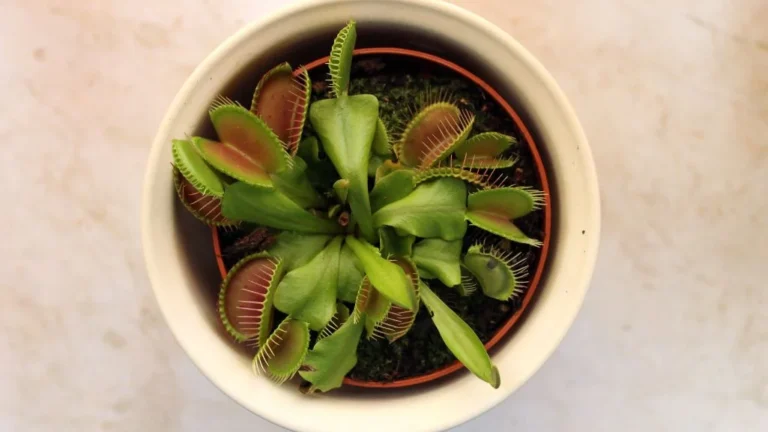


One Response